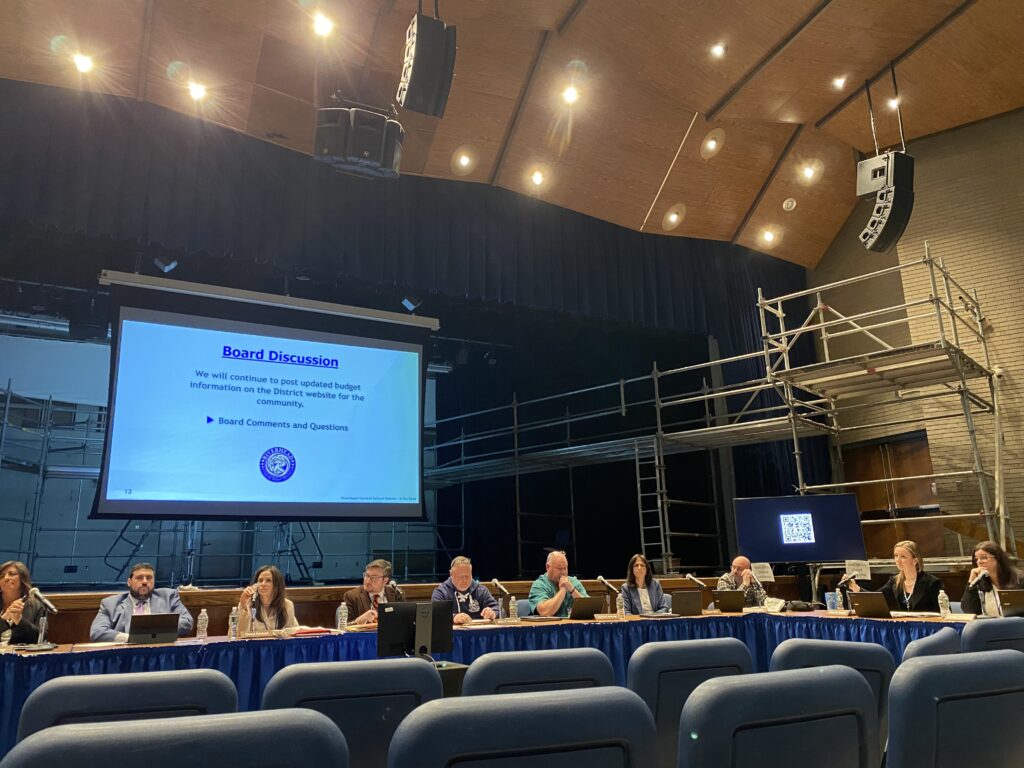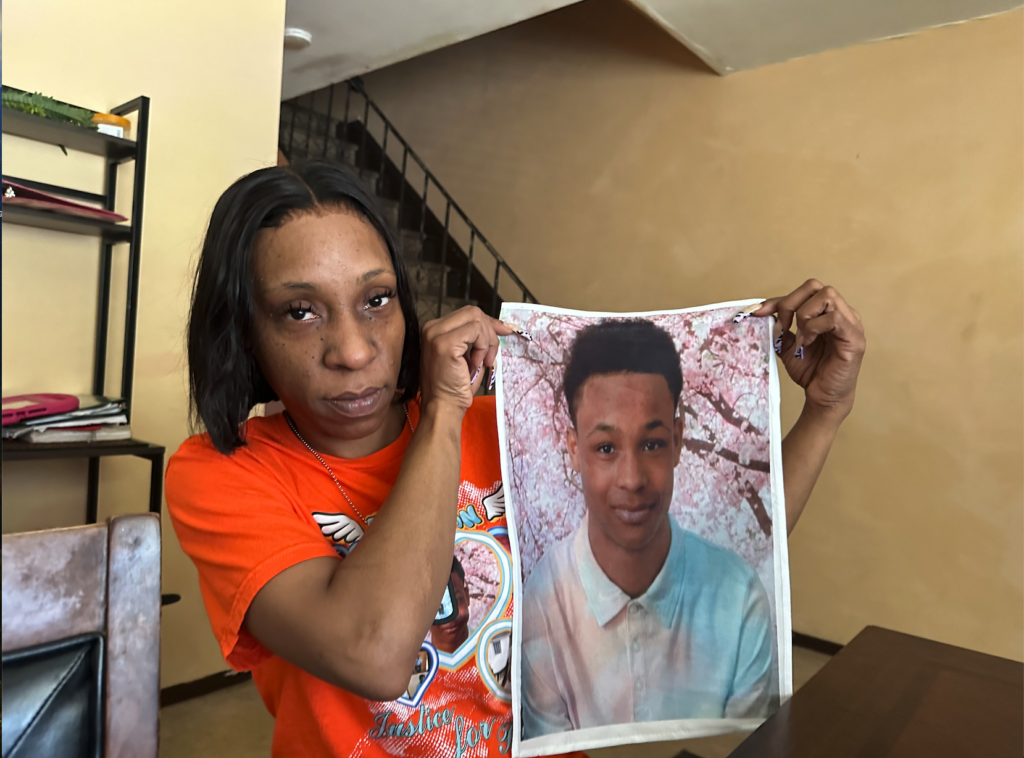County unveils $1M plan to boost coastal resiliency efforts

Suffolk County officials announced plans Wednesday to put $1 million in funding toward coastal resiliency efforts.
The county has put together a committee made up of environmentalists and government officials that will work to identify ways to bolster climate protections. Measures may include beach renourishment, support of natural infrastructure, development of living shorelines, wetlands restoration, adapting existing infrastructure and acquiring open space.
“This funding will allow us to move forward critical projects that will protect our communities from dangerous weather conditions,” Suffolk County Executive Steve Bellone said at a press conference. “We are stepping forward here on coastal resiliency because we know what is happening. We know what is coming, we are listening to the science. We have seen what’s happened in the past, and we know what the future will bring. And we need to act.”
Suffolk County includes 1,000 miles of coastline and faces climate change impacts such as rising sea levels and more severe weather events that threaten infrastructure through flooding, erosion and other damage.
“We have a small window in which to act, and act we must. Those actions mean we must shore up our coastlines by preserving land, establishing healthy, safe wetlands, seagrass beds, and other actions,” said Adrienne Esposito, executive director of Citizens Campaign for the Environment. “We are the most vulnerable. We’re on the frontlines right here.”
County Legislator and Congressional candidate Bridget Fleming (D-Noyack) pointed to a bill put forward in 2019 to kick off the project, with $200,000 to get it started.
“That was the seed that led to this moment and the coastal resiliency project, and the project advisory committee that is here with you today with the stated purpose to develop a region wide understanding of the scope, location and character of climate change impacts and potential economic loss, as well as to develop specific measures that can be undertaken to mitigate that loss,” she said.
The announcement comes nearly 10 years after Superstorm Sandy hit Long Island, “a storm unlike anything we had seen in modern times.” Since then, there have only been more extreme weather events, Mr. Bellone said.
He referred to a report released by a panel of scientists from the United Nations earlier this week, warning of a “brief and rapidly closing window” to avoid a hotter, more deadly future.
The county broke ground on two major sewer infrastructure projects designed to help restore wetlands and coastal resiliency over the past few months, according to Mr. Bellone. “If we can clean up our water and clean our waterways, we can restore those natural storm barriers that protect us from weather events like Superstorm Sandy,” he said.
Suffolk County is also incentivizing homeowners to install new advanced wastewater treatment systems.
“I think the ironic part is … once you get to making improvements, people will never realize because it means there was no disaster and there was no problem because the road didn’t flood and property wasn’t damaged,” said County Legislator Al Krupski (D-Cutchogue). “We need to work together and bring in all of our municipal partners and regulatory partners to get more of a coordinated approach, because there is going to be, in government, limited money to make improvements and we have to strategically plan what we’re going to attack first.”








